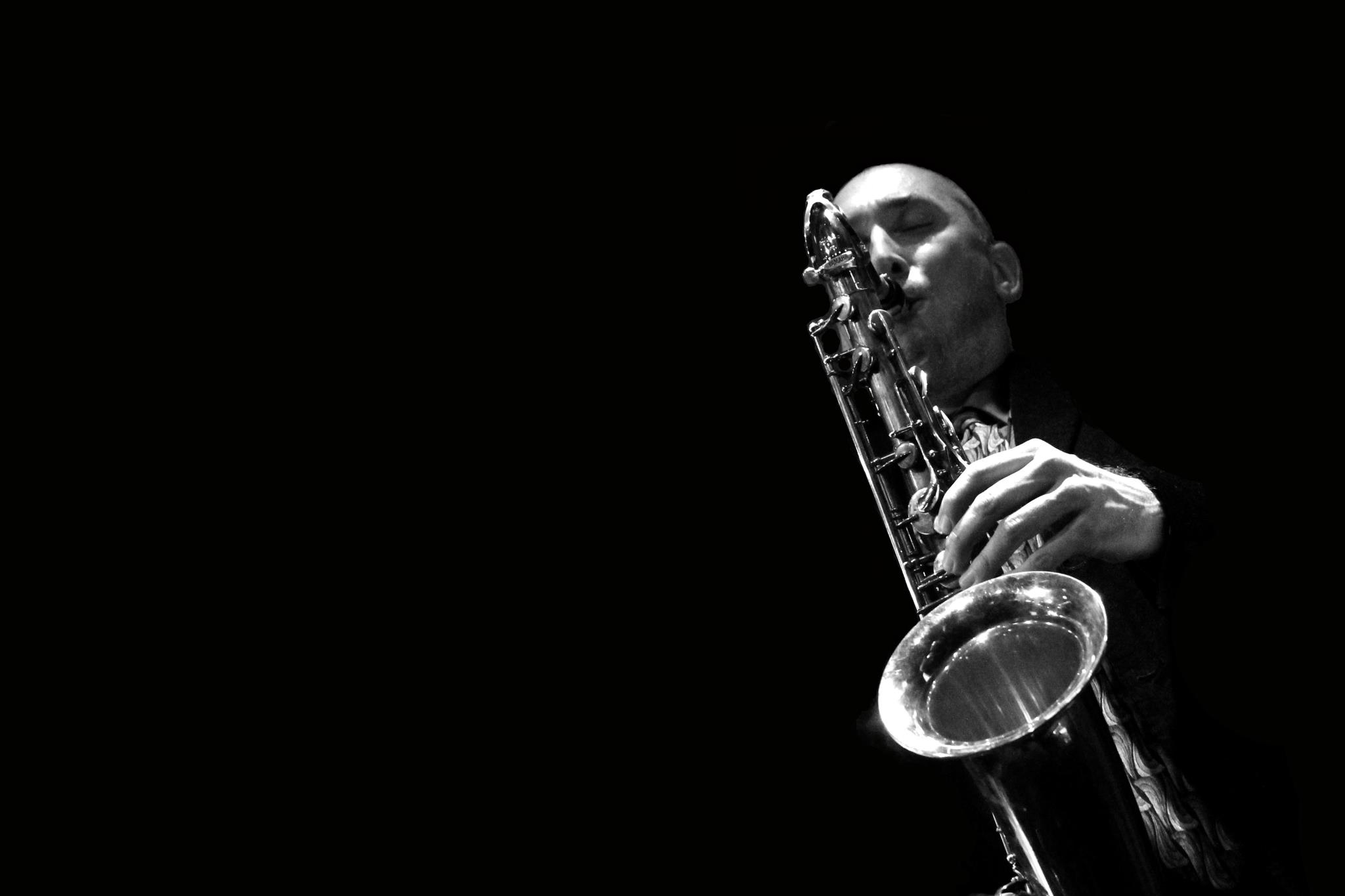Several of my students have been asking about various Barry Harris approaches to playing changes and creating strong melodic lines with chromatic notes (non-scale degrees and non-chord tones). Although I love Barry Harris as a playing and improvisor I never attended one of his lectures during my stay in New York. Luckily, many of Barry’s videos are available online and many of his students have generously helped maintain his unique and deep approach to line playing. After studying a few of his lectures I came up with these two variations of just one of his many concepts. These pdfs are based on his technique for introducing chromatic pitches to various chord scales or harmonic environments. The first variation puts a half step between every scale degree (with specific placement of skipping voices over pre-existing half steps as detailed in the pdf). Barry demonstrates this using the Mixolydian scale over a dominant 7th (and it’s related ii-7 chord). I’ve added some other possible applications of the same principals to other types of scales all of which sound very melodic and maintain the original harmony even while introducing all 12 pitches. The difficulty lies in that, if a half step already exists in the scale then you skip a voice and go above the next scale degree descending back to the scale next degree. This is done in both he ascending and descending scale as shown in the examples below. This method simply puts each scale degree on a down beat when played in 8th notes. This is similar to David Baker’s bebop scale approach and can be explained through either perspective. For what it’s worth, the best harmonic environment to allow a straight chromatic scale to played as 8th notes and still line up all scale degrees on down beats is the whole tone scale (Dominant 9 #11 #5).
This is much easier to understand through aural study and practice. I’ve been singing these different chromatic chord scales over a drone and found grasping the concept easy using this method first. This approach starts to make a lot of sense to your ear assuming you already hear these common harmonic sounds.
~ Enjoy!
Variation 2 (below) approaches each scale degree (which already contains a halfstep) from below when descending.
To support mattotto.org please visit the store: https://mattotto.e-junkie.com/








